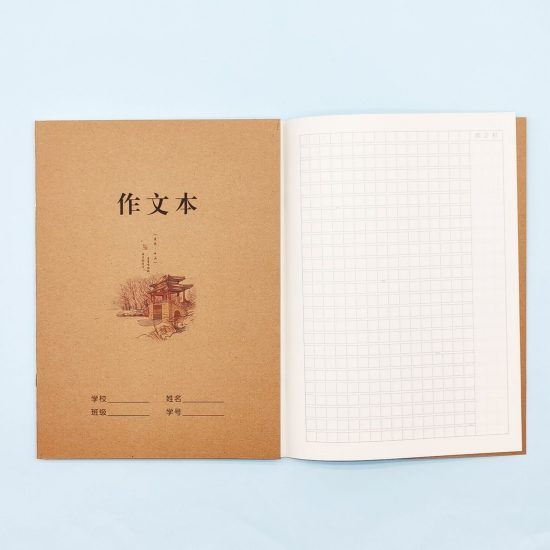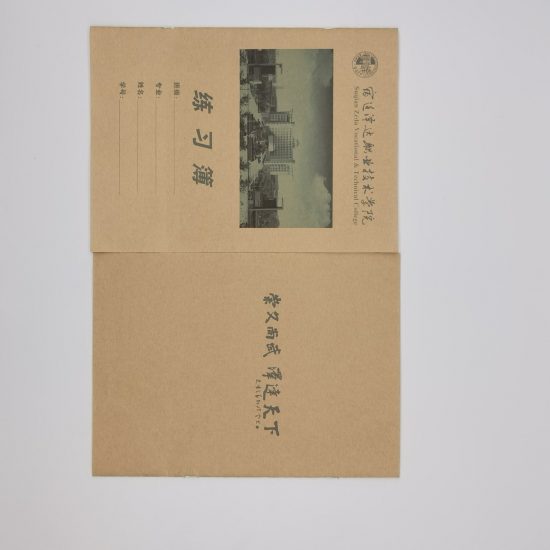When it comes to notebooks, there are various types available, each designed for specific purposes and preferences. Here are some different types of notebooks you can explore:
- Spiral Notebooks: These notebooks have pages bound together with a metal or plastic spiral. They are lightweight, portable, and commonly used for note-taking, journaling, and general writing tasks. They often feature perforated pages that can be easily torn out.
- Hardcover Notebooks: Hardcover notebooks have a rigid cover that provides durability and protection for your notes. They come in various sizes and can be used for a wide range of purposes, including journaling, planning, sketching, or professional note-taking.
- Softcover Notebooks: Softcover notebooks, also known as paperback notebooks, have flexible covers made of paper or cardstock. They are lightweight and more portable than hardcover notebooks. They are commonly used for writing, note-taking, or as pocket-sized journals.
- Composition Notebooks: Composition notebooks typically have a sewn or glued binding with a sturdy cover. They are characterized by their grid or lined pages and are commonly used by students for class notes, brainstorming, or writing drafts.
- Dot Grid Notebooks: Dot grid notebooks feature pages with a grid of small dots evenly spaced across each page. These dots can serve as a guide for handwriting, drawing diagrams, creating bullet journals, or making precise sketches.
- Bullet Journals: Bullet journals are a specific type of notebook designed for a system of personal organization and productivity. They typically feature dotted or grid pages and include sections for daily, monthly, and yearly planning, habit tracking, goal setting, and more.
- Traveler’s Notebooks: Traveler’s notebooks are compact and portable notebooks that are ideal for on-the-go use. They usually have a leather or fabric cover and can hold multiple inserts or notebooks, allowing you to customize and organize your content as needed.
- Sketchbooks: Sketchbooks are designed for artists and creatives. They feature blank or lightly textured pages that are suitable for drawing, sketching, painting, or any other artistic expression.
- Project Notebooks: Project notebooks are specifically designed for organizing and managing project-related information. They often have sections for project planning, task lists, meeting notes, and other project-related details to keep everything in one place.
- Specialized Notebooks: There are also specialized notebooks available for specific purposes, such as music composition notebooks, graph paper notebooks, password notebooks, recipe notebooks, and more. These cater to specific needs and interests.
When choosing a notebook, consider factors such as paper quality, page count, size, binding type, and any additional features that suit your specific requirements. Experiment with different types to find the one that best matches your preferences and intended use.


